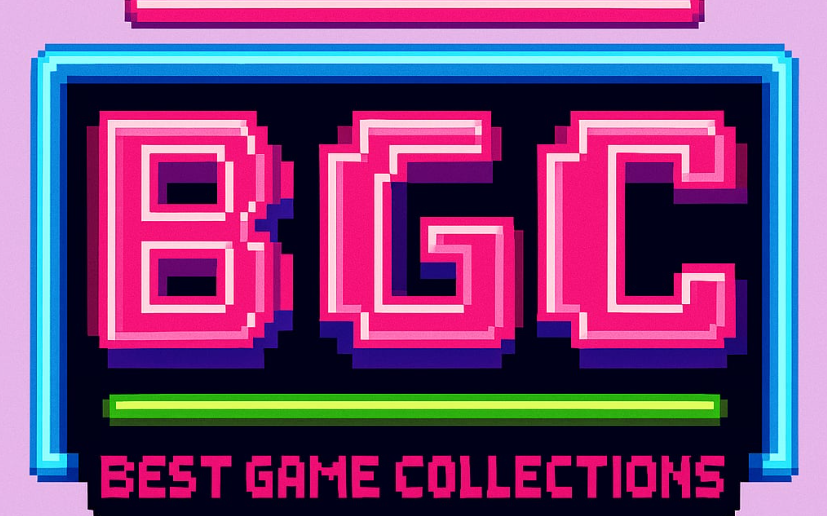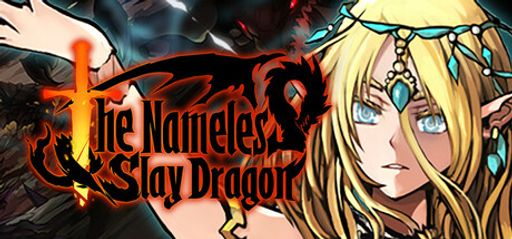Hey everyone! Here with my laid-back thoughts on The Nameless: Slay Dragon, an indie gamebook-style turn-based RPG from The Nameless Epic (published by WhisperGames). I dove into this one after its September 26, 2024 release, and found a mix of cozy strategy vibes and grim fantasy storytelling that really surprised me. Here’s my friendly, down-to-earth take on what shines, what stumbles, and whether it’s your next stress-free adventure.
Overall Impressions
Slay Dragon might look like your typical turn-based RPG at first glance, but it quickly surprises with its blend of interactive gamebook choices and tabletop-inspired mechanics. Unlike many visually flashy fantasy games, this one trades spectacle for substance. Every decision—whether strategic in combat or narrative in dialogue—shapes your party’s journey, adding layers of replayability through branching paths and multiple endings. The game’s unique class-mixing system empowers players to build their party in inventive ways, making experimentation both fun and rewarding.
Despite its dark and slightly grim atmosphere, Slay Dragon still manages to feel inviting. Hidden nooks and flexible character builds offer cozy respites from its harsher moments. Exploration and crafting are more than side features—they’re essential, well-developed systems that reward patience and curiosity.
Strengths: What Makes Slay Dragon Stand Out
One of Slay Dragon’s biggest strengths lies in its deeply choice-driven gameplay. Where both narrative decisions and combat tactics have lasting consequences. Players are encouraged to think carefully before acting, which adds a layer of immersion and replayability rarely seen in turn-based RPGs. The unique class combination system further sets the game apart by allowing players to blend abilities across roles, crafting party builds that suit their personal strategies and evolving challenges. This flexibility makes each run feel distinct and customizable.
Another standout element is the game’s strong replay value. With multiple branching paths, story outcomes, and hidden content, Slay Dragon invites players to return for second and third playthroughs just to explore different outcomes. Rounding out the experience is the charming art style, with hand-drawn character portraits that evoke the spirit of classic gamebooks. This visual direction adds personality and warmth to an otherwise dark and tactical world, making exploration as visually rewarding as it is mechanically satisfying.
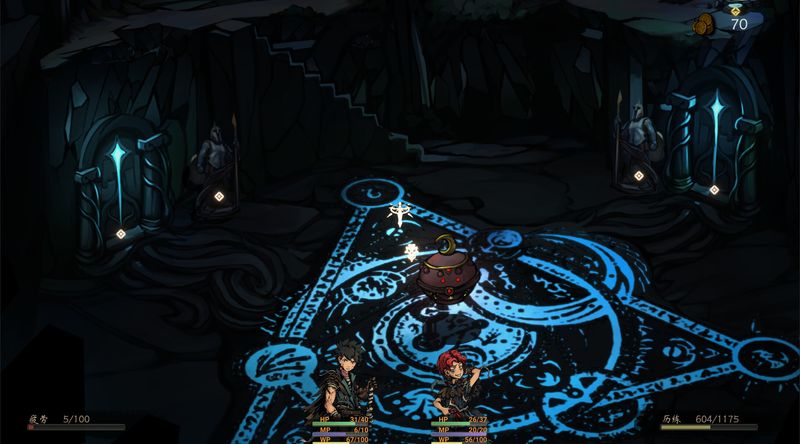
Weaknesses: Where Slay Dragon May Struggle
While The Nameless: Slay Dragon offers a compelling experience, it isn’t without its flaws. The most noticeable issue for many players is the inconsistent translation, with several dialogue lines and UI elements affected by awkward or machine-translated phrasing. These hiccups can occasionally break immersion, especially in a game so heavily reliant on story and tone.
Another point of frustration is the punishing fatigue mechanic, which activates when players fail too many skill checks. This system can feel overly harsh and lead to frustrating gameplay loops that detract from the otherwise thoughtful pacing. Additionally, the game lacks a skill sorting or respec feature, making it difficult to manage or adjust character builds later in the game. This limitation can discourage experimentation and complicates long-term strategy for players who like to fine-tune their team setups.
Gameplay Mechanics
At its heart, Slay Dragon is classic turn-based combat with a gamebook twist. You click through narrative passages, make skill checks, and then face battles where enemy moves are hidden until you spend resources to reveal intent. I loved that “aha!” moment when you peeked an enemy’s next attack and countered it perfectly. The 20+ class combos let you mix warriors, healers, mages, rogues and even more offbeat choices (like a beast-tamer or runecrafter). Team synergy matters: a mage buffing your rogue’s critical chance can turn a tough fight into a breeze.
That said, the fatigue system—where failed skill checks raise your exhaustion and lower future success rates—can spiral. I had one run where I banged my head against a puzzle door, racked up fatigue, then flunked every interaction until I had to rest and lose progress. It’s a cool idea that ties exploration to resource management, but I wished it felt less “gotcha.” Also, there’s no way to reorganize skills into neat tabs, so once your party learns a dozen abilities, the menu scroll gets real.
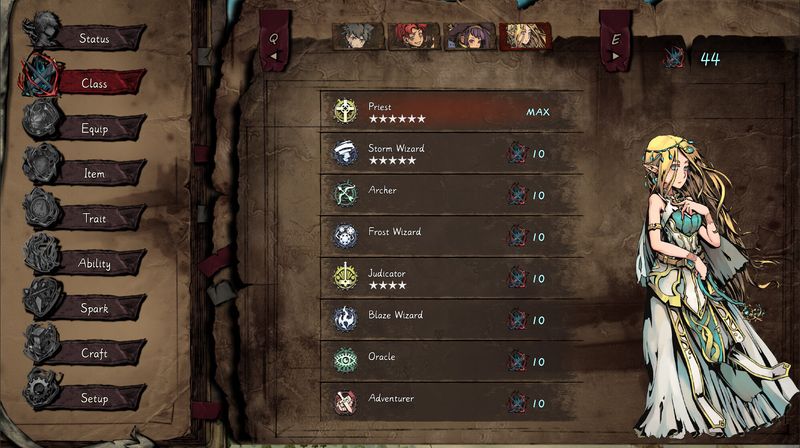
Story and Characters
You play a nameless hero haunted by a dragon’s past cruelty, traveling with a band of misfits each hiding secrets of their own. I found the bond-building scenes—around campfires or during side quests—to be highlights. Learning a companion’s backstory and unlocking new dialogue options added genuine warmth to the otherwise bleak world. The main plot leans on classic themes of revenge, legacy, and sacrifice, but the branching paths give it freshness: my first playthrough ended in a bittersweet victory, my second turned into a tragic lesson in unintended consequences.
Some minor NPCs never stuck with me—they pop in, serve a purpose, then vanish. The translation rough patches and sparse side dialogue sometimes made it hard to connect with everyone. Still, the core party of three truly felt like old friends by the end.
Visuals and Graphics
Artistically, Slay Dragon uses 2D illustrations with a storybook UI—think ink-style character portraits on textured backgrounds. It’s not high-res or full of dazzling effects, but I found the aesthetic charmingly consistent. The art evokes classic gamebooks and old tabletop manuals, which fits the mood perfectly. Background variety is limited, so you’ll lean into the lore and narration rather than scenic eye candy, but I was okay with that. The minimalist style keeps the focus on story and strategy.
Sound and Music
The soundtrack is simple, atmospheric piano, strings, and occasional percussion. Tracks loop, and after long sessions I noticed the repeats, but they never felt intrusive—the music quietly supports the mood. Sound effects for sword clashes, magic swirls, and environmental cues are crisp enough. There’s no full voice acting—just text—so you settle into your own imagination. If you want full audio immersion, this isn’t it, but for me the quiet backdrop let me stay relaxed and focused.
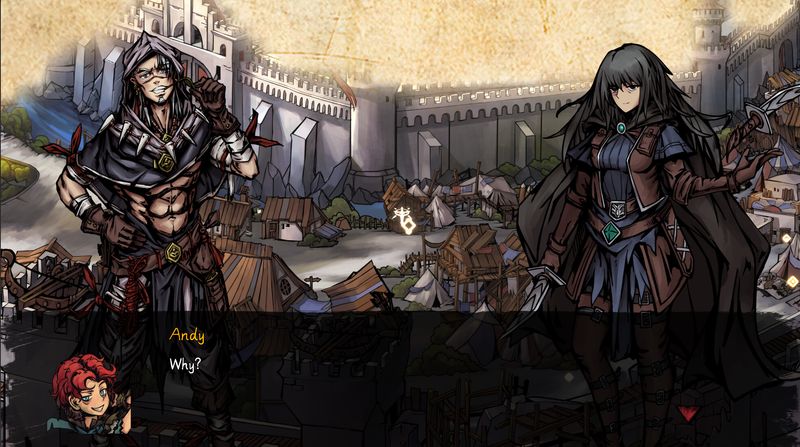
Difficulty and Replayability
Challenge comes in layers. The base difficulty is friendly if you engage the intent system, but optional bosses are downright brutal. My Steam pals joked that some fights feel like scripted losses—fun to try, frustrating if you go in blind. There’s no auto-save backup or adjustable difficulty, so you learn by trial and error. If you love theorycrafting (“What if I add a runecrafter to my tank?”), you’ll adore the high replay value. Every new class combo, story branch, and hidden event makes a fresh run feel different. I clocked about 20 hours on my first playthrough and still feel excited to chase alternate endings.
What Players Are Saying About Slay Dragon
The community response to Slay Dragon echoes many of the standout strengths and known quirks mentioned in reviews. Players consistently praise the game’s emphasis on meaningful choices and deep tactical combat. One fan put it succinctly: “Solid RPG with meaningful choices.” Others commend its hidden secrets and flexible builds, while also acknowledging that it requires a bit of patience. As one seasoned player noted, “Great combat and secrets, just pack patience for fatigue loops.”
While the core gameplay and branching story paths earn admiration, players also point out the game’s imperfections. Comments such as “Rough edges around translation and UI, but a real gem,” reflect a common sentiment—Slay Dragon may not be polished in every area, but its soul and ambition shine through. These insights help set expectations for new players while highlighting the game’s enduring charm for RPG fans seeking thoughtful, choice-driven adventures.
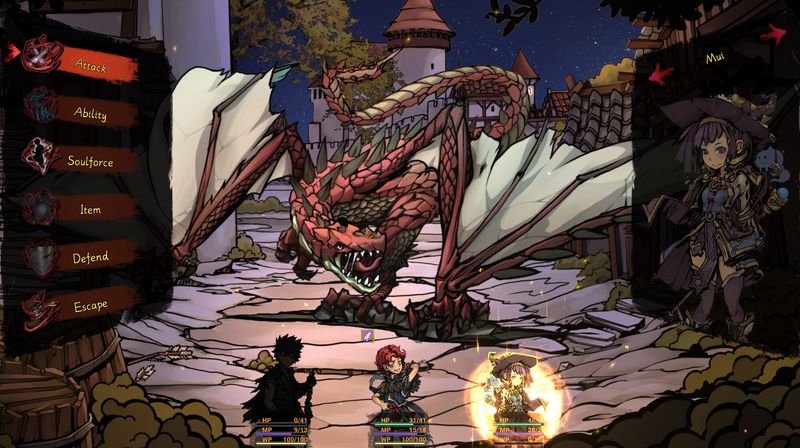
Behind the Scenes: Trivia and Development Stories
The Nameless: Slay Dragon’s unique tone and tabletop charm didn’t happen by accident. The project began with two passionate tabletop RPG enthusiasts who shared a love for classic Fighting Fantasy gamebooks. Their goal was to blend interactive storytelling with turn-based tactics, and that foundation is evident in every decision-driven quest.
The visual style reinforces this homage to the genre. Every character portrait was hand-drawn by a French illustrator known for evocative penwork, adding a distinctive, gamebook-inspired aesthetic to the game. This personalized touch helps set the visual tone apart from more generic RPGs.
Narrative polish came with help from WhisperGames, a studio known for narrative-heavy indie titles. While they improved the story’s cohesion and flow, a few translation missteps still remain, lending an occasionally rough edge to an otherwise immersive experience.
Finally, the emotional heart of Slay Dragon lies in its music. The soundtrack, created by composer duo Mirian & Locke, was produced in just three months. Their goal? A “somber campfire” atmosphere—melancholic yet intimate, matching the game’s moody, reflective tone perfectly.
Final Thoughts
The Nameless: Slay Dragon is an indie RPG that leans into thoughtful decision-making and tactical battles more than flashy graphics. It’s cozy in its own way—if you enjoy digging into lore, mixing classes, and savoring small story moments, you’ll feel right at home. The few rough spots (text quirks, fatigue crunch) don’t overshadow a richly rewarding 15–25-hour adventure.
Rating: 4 out of 5 stars
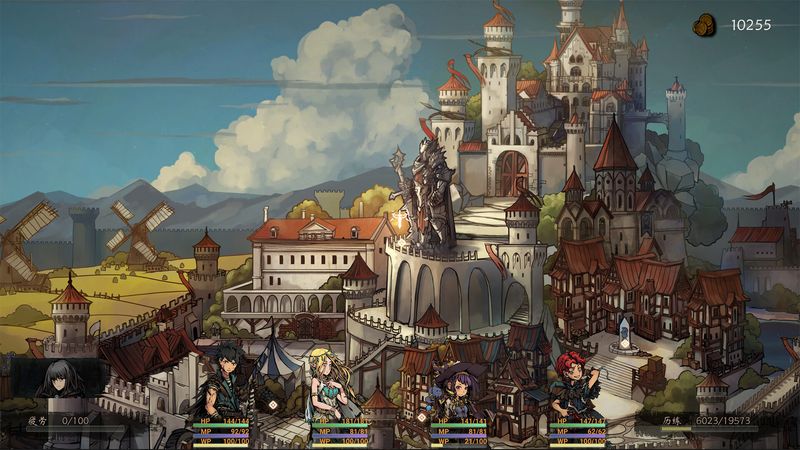
Pros
- Deep Choice-Driven Gameplay: Every decision matters, from dialogue trees to tactical combat, offering a rich narrative experience with lasting consequences.
- Unique Class Combinations: The class-mixing system allows for creative party builds, letting players experiment and adapt their strategy throughout the game.
- High Replay Value: Multiple story branches and endings ensure that each playthrough feels fresh and engaging.
- Charming, Hand-Drawn Art Style: The gamebook-inspired visuals, crafted by a French illustrator, give Slay Dragon a nostalgic and distinctive aesthetic.
Cons
- Translation Glitches: Some lines suffer from awkward phrasing or machine-translated text, which can briefly interrupt immersion.
- Punishing Fatigue Mechanics: Failed skill checks can lead to frustrating fatigue loops that require patience and planning to overcome.
- Limited Build Management: The absence of a skill-sorting system or respec option makes late-game optimization more cumbersome than it should be.
If you’re in the mood for a thoughtful, storybook-style RPG that challenges both brain and heart, give The Nameless: Slay Dragon a try. I’ll be back for more runs—and maybe I’ll finally unlock that “paradox” ending. Happy adventuring!
